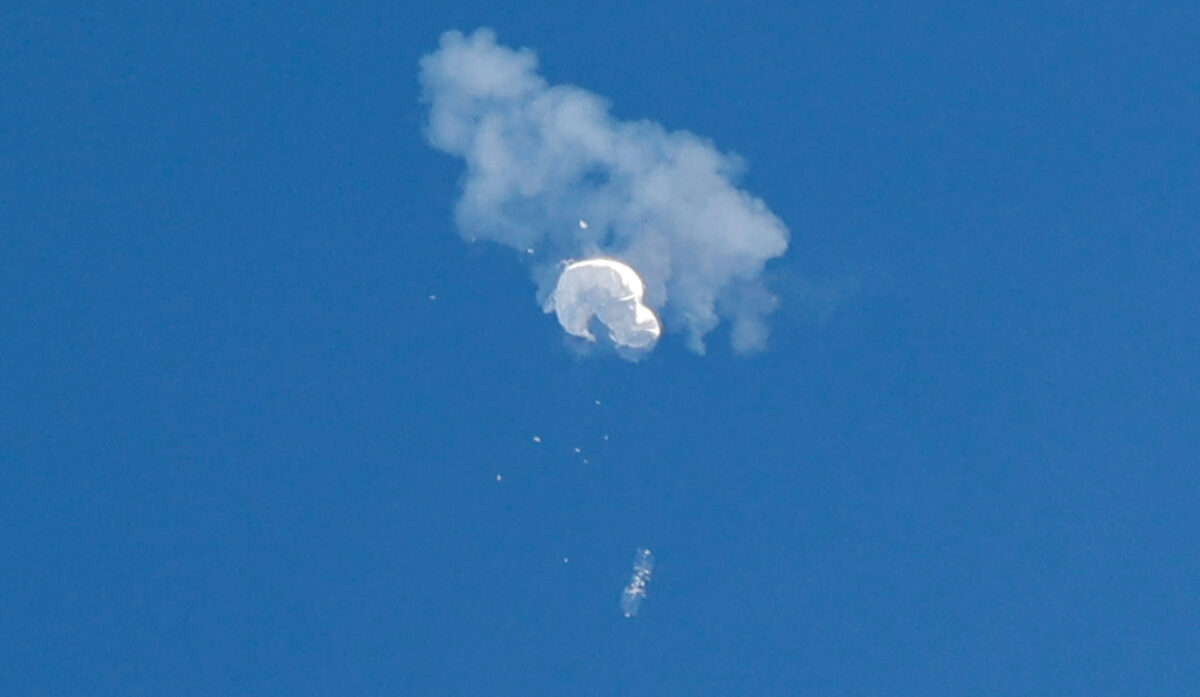Recently, a new development has unfolded in China and Taiwan’s complex and often tense relationship. The Taiwanese defence ministry has reported multiple instances of Chinese balloons traversing the sensitive airspace over the Taiwan Strait, a move that has escalated concerns and drawn international attention. These incidents occurred just days before Taiwan’s crucial presidential and parliamentary elections and have been perceived as more than mere airspace violations.
Table of Contents
A Threat to Aviation Safety
The primary concern voiced by Taiwan revolves around aviation safety. The balloons’ flight paths, which have occasionally crossed directly over Taiwan, pose a potential hazard to commercial and military aviation. Taiwan’s defence ministry has condemned these actions as a “serious threat” to international aviation safety, expressing disapproval of China’s apparent disregard for the safety of passengers on cross-Taiwan Strait and international flights.
Psychological Warfare and Election Interference
Another dimension to these incidents is the potential use of these balloons as instruments of psychological warfare. The Taiwanese defence ministry suggests that these balloons are part of China’s “grey zone” tactics – aggressive actions that stop short of open warfare aimed at affecting the morale of the Taiwanese people. With Taiwan’s presidential election on the horizon, there is speculation that these actions are an attempt by Beijing to influence the electoral process and signal its close watch over Taiwan.
China’s Stance and International Reactions
China, on its part, has maintained a somewhat ambiguous stance. The Chinese Defence Ministry has not offered specific comments on these balloon incidents. Meanwhile, China’s Taiwan Affairs Office has accused Taiwan’s ruling Democratic Progressive Party of exaggerating the threat from the mainland as the election approaches. Internationally, these incidents have not gone unnoticed. The United States, a key backer of Taiwan, has expressed support for Taiwan’s democratic processes while remaining alert to potential interference from outside actors.
Balloons Over Military Satellites: A Strategic Choice?
The use of balloons, as opposed to sophisticated satellite technology, for surveillance raises questions about China’s strategic objectives. Balloons offer particular advantages in precision surveillance, especially against static or slow-moving targets. They can linger over a specific area for extended periods, potentially gathering detailed imagery and signals intelligence. This choice of surveillance method, therefore, seems to align with China’s broader strategy of exerting pressure on Taiwan without escalating to outright conflict.
The Future of Cross-Strait Relations
The ongoing balloon incidents are a reflection of the complex and often strained relationship between China and Taiwan. While China views Taiwan as part of its territory and has increased military pressure in recent years, Taiwan maintains its stance as a self-ruled entity. The outcome of the upcoming elections in Taiwan could have significant implications for the future trajectory of cross-strait relations.
Conclusion
In conclusion, the recent balloon incidents over the Taiwan Strait signify a new chapter in the long-standing tensions between China and Taiwan. These developments in the context of Taiwan’s upcoming elections show the strained balance of power and the ongoing struggle for sovereignty and security in the region. As the world watches, the resolution of these incidents and their impact on regional stability remains a subject of international concern and interest.



